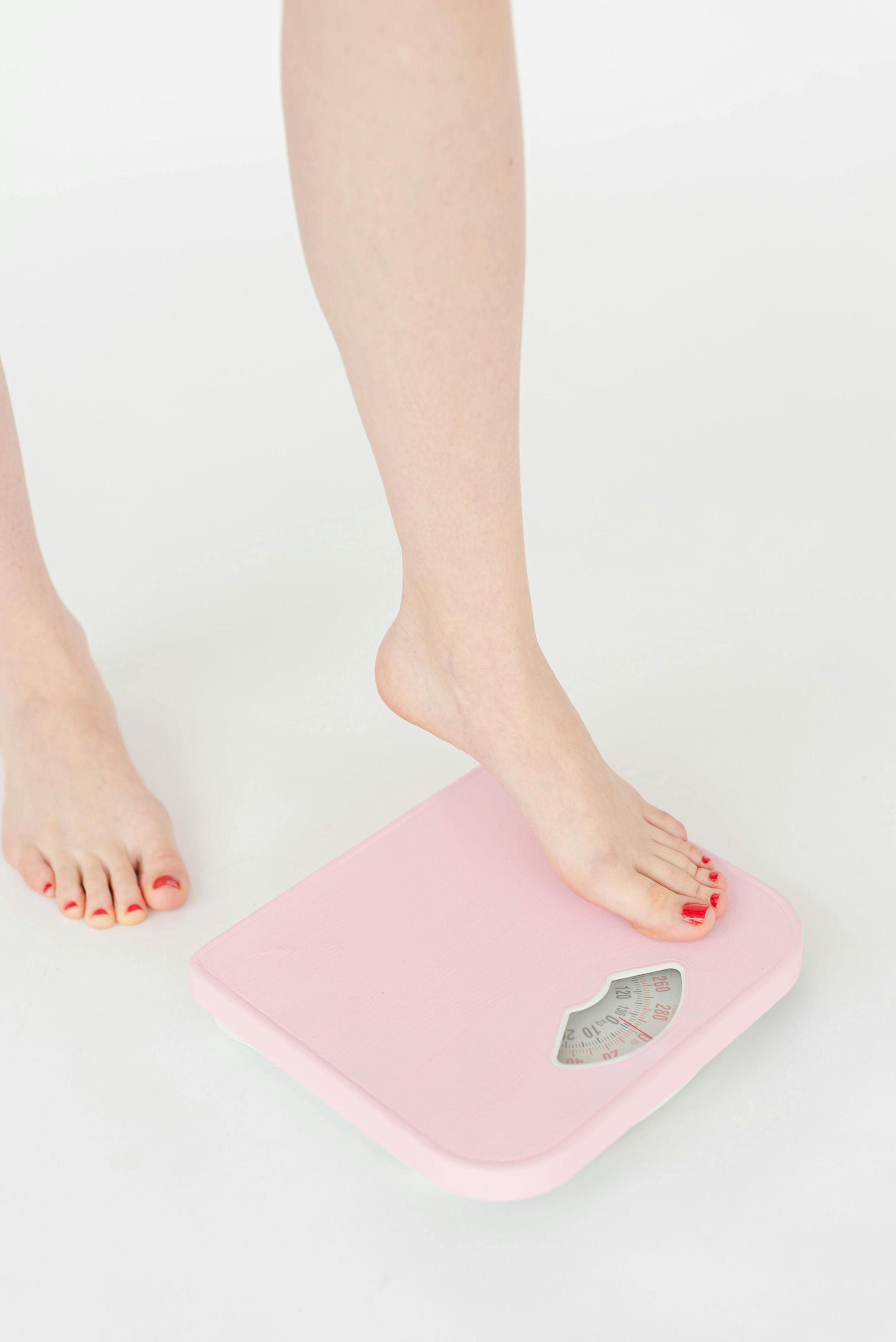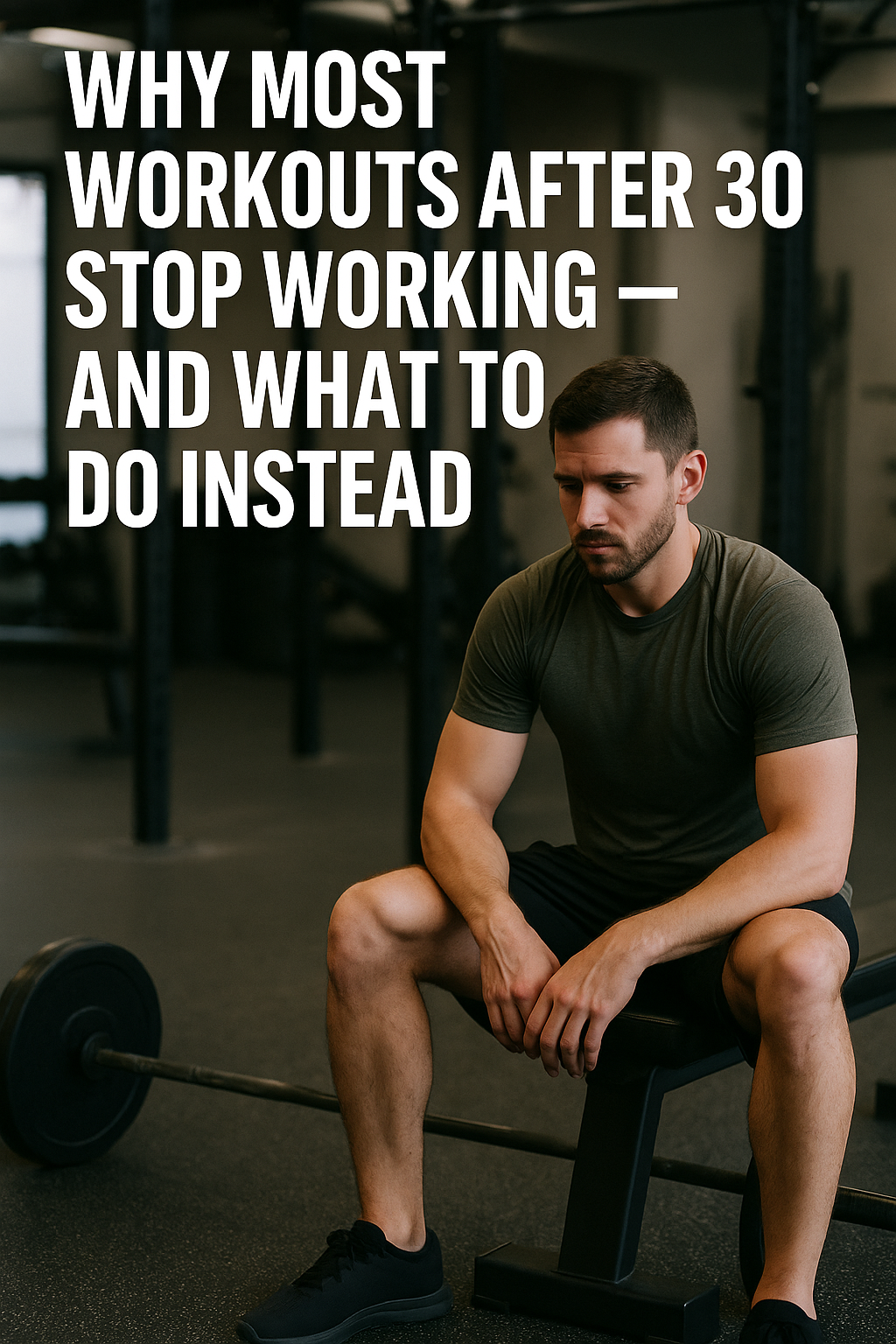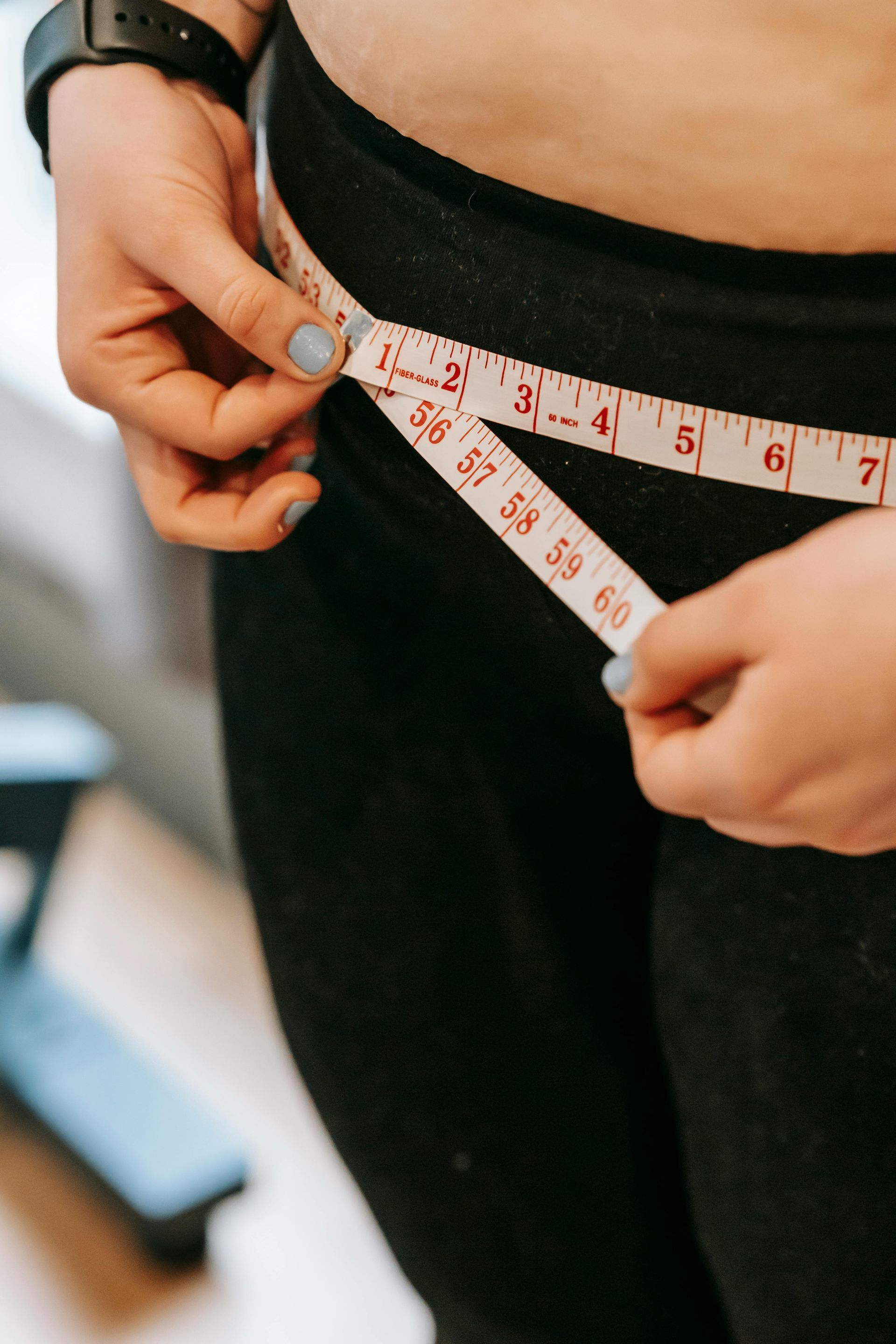Macronutrients: Building the Blocks for Your Fitness Goals
Food is more than just calories; it's a symphony of macronutrients (macros) that play distinct roles in our bodies.Understanding how these macros function is crucial for crafting a nutrition plan that supports your specific fitness goals.
The Macro Trio:
- Protein: The building block of muscle tissue. Protein intake is particularly important for muscle growth and repair,making it a key focus for those aiming to build muscle mass.
- Carbohydrates: Our body's primary source of readily available energy. Choosing complex carbohydrates like whole grains provides sustained energy for endurance athletes and fuels high-intensity workouts.
- Fats: Often demonized, healthy fats are essential for hormone regulation, cell function, and satiety (feeling full).Including healthy fats like avocado, nuts, and olive oil in your diet supports overall health and can even aid in weight management.
Tailoring Macros for Your Goals:
- Weight Loss: Here, the focus is on creating a calorie deficit. While protein intake remains important for muscle preservation, carbohydrate and fat intake might be slightly reduced to create that deficit. However, a certified nutrition coach can ensure you're still getting adequate amounts of all three macros for overall health.
- Muscle Building: Here, protein takes center stage. Aiming for slightly higher protein intake (around 1-1.5 grams per kilogram of bodyweight) provides the amino acids your body needs for muscle growth and repair. Carbs ensure you have enough energy for intense training, while healthy fats support hormone function and recovery.
- Athletic Performance: Depending on your sport and training intensity, your macro needs will vary. Endurance athletes might prioritize carbs for sustained energy, while short-burst activities like weightlifting might require a more balanced approach. A coach can personalize your macros based on your specific training demands.
Beyond the Basics:
This is just a starting point. Jeffrey Davis, a certified nutrition coach can delve deeper into micronutrients (vitamins and minerals) that play critical roles in metabolism, energy production, and overall health. He can also help you navigate factors like individual calorie needs, nutrient timing strategies, and how to adjust your macros as your fitness goals evolve.
By understanding your body's unique needs and strategically utilizing macronutrients, you can fuel your fitness journey for optimal results.











